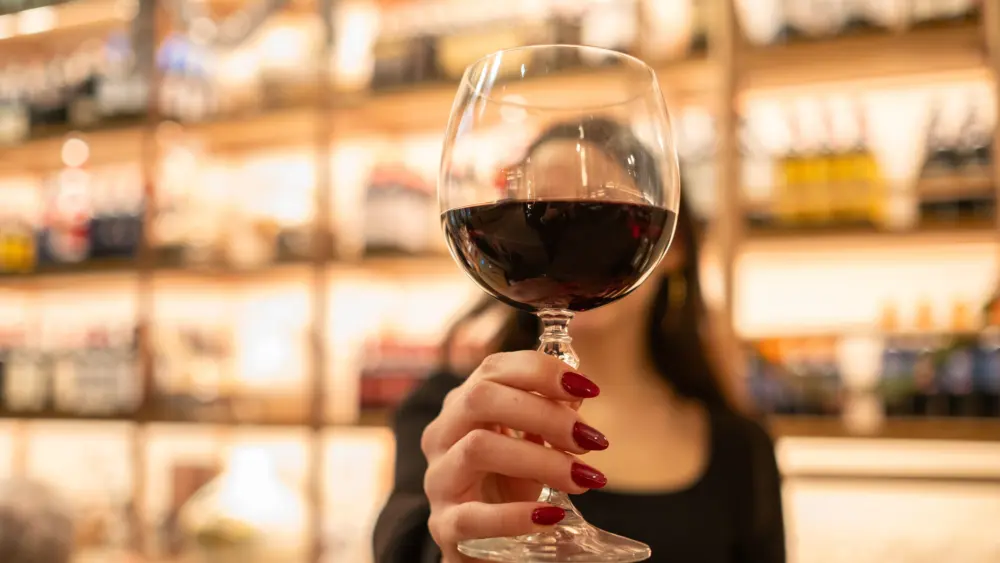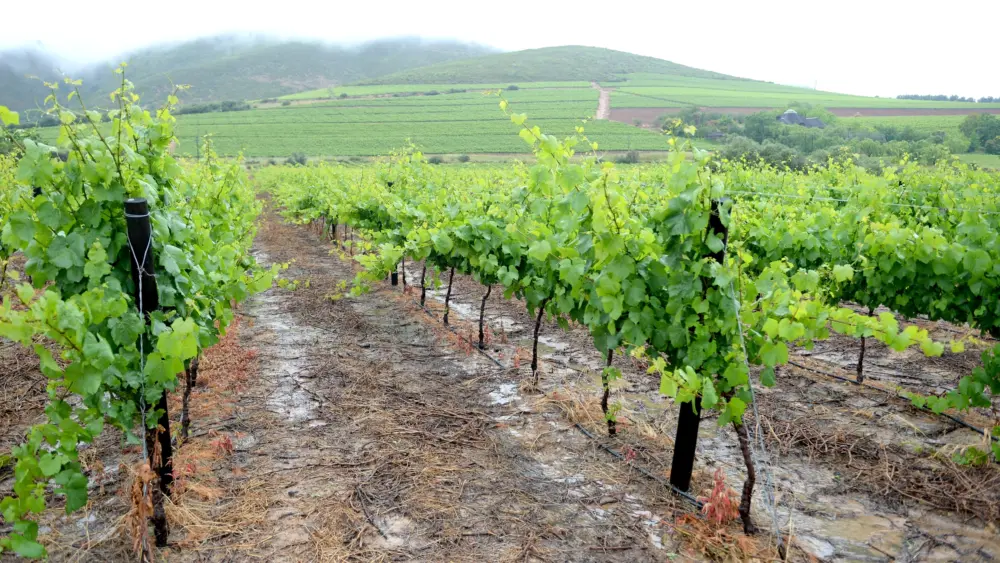It’s been a while since the Oakville Grocery changed hands, but I hope things will get better. I was with my harem (actually, my wife and several of her lady friends) and stopped in for a quick bite before going to the movies. Our dinner discussion revolved around trying to describe the service. We got hung up on “snooty,” “incompetent” or “just didn’t give a damn.” Whatever the cause, I hope it improves over the next few weeks.
But that wasn’t my major concern. While waiting for my food, I wandered around the wine area and was appalled. There were two major issues: First, there were 44 Pinot Noirs, about 28 Zinfandels, about 15 Cabernets and 18 others such as Merlot and Barbera. OK, so the varietal selection was somewhat incomplete; second, my greatest fear became a reality. Looking at the appellations in Pinot Noir, I found less than half were from Sonoma County (at least I think—more on that in a minute), no Sonoma County Petite Sirahs, 15 Cabernet Sauvignons with only three from Sonoma County (Napa deserves this honor however), 13 out of 18 Merlots and others were non-Sonoma County. In Zinfandel, about half were from Sonoma County.
I was told that this would slowly change because, since the change in ownership, they’re using most of the wines in their warehouse. To me, this is a very negative practice, especially in such a heavily touristed place. OK then, maybe this is excusable, but the real problem isn’t the Oakville Grocery, it’s our own industry. Of the total number of red wines on the shelves, less than half were from Sonoma County. Only six had Sonoma County on the front label. All of the rest had Russian River Valley, Dry Creek or Alexander Valley. I just happen to know where these places are, but if you’ve paid any attention to this year’s tourist season, you’d know a very significant number of visitors are from foreign countries. My money bets virtually none of them know where any of these appellations are. They could be in another state as far as they know. Hence, if I were a foreign buyer, I’d probably opt for something from the Napa Valley—which is predominant on all of its front labels. Would I blow $30 or more on some wine from Dry Creek when that could be in South Africa?
I’m really confused about this lack of loyalty. Local appellations spend more money on advertising than the entire county is able to do. With all of the traveling that winery personnel do, especially to Europe and other wine areas, is it that they haven’t found themselves confused about the foreign appellation areas? Maybe you’re right, they’re a lot smarter than I am. My hat’s off to the few wineries that do have Sonoma County on their front label, including Balletto Vineyards, Seghesio, Martin and Ray J. Maier. A partial list of all of the bad guys who (I assume) are too embarrassed to put Sonoma County of the front label include Freeman, Flowers, Lynmar, Hobbs, Stemmler, Sonoma Coast, Tandem, Windsor Sonoma, Bluenose, Quivira, Woodenhead, Preston, Wilson, Scherer and Mauritson.
To add another degree of confusion how about looking at the back label, where it says made and bottled by xxxx, St. Helena, Calif. Isn’t that in Napa? Gee I wonder where this wine is really from. (Dovetail is one example of this.) No wonder Paso Robles, Lodi and even Mendocino are sneaking up on our premium market. (It’s even been legislated in those areas that they must put the major appellation on the label.)
Looking ahead
Well, the screw top is back in the news. The New World has been converting for a few years now with 90 percent of New Zealand wines and 60 percent of Australian with screw tops and the United States slowly coming around. With New Zealand Sauvignon Blanc being the finest in the world, it says screw tops must be OK. Almost all of the Australian Rieslings are screw-topped also, and they’re some of the finest in the world. Of all of the unheard of things, it now appears even the French are very quickly converting—and some are screwing (sorry) very high-end red wines. Just one example is Jean-Claude Boisett, where a third of its production of 200,000 bottles will have screw tops. Another example is the Laroche group in Burgundy, where its $120 Reserve de l’Obediance will have a screw top this year.
I guess if the French can finally come around, it’ll only be a matter of time until our wineries wake up and use them also. It’s so wonderful to want to open a bottle of wine, not have to search all over for a corkscrew, and especially not have to worry about it being corked. One local winery confided in me that, during this last year, 8 percent of its wines were corked, an unbelievably high number and nearly a marketing disaster. What other industry would even tolerate that kind of a product rejection? Is it really worth the so-called romance that corks are supposed to give to a wine?
Using corks to me is about as bad as not putting Sonoma County on the wine label. Maybe it’s a mystery factor I’ve been missing. The mystery being twofold: Will the wine be OK, or will it smell like wet cardboard? Where is it from? Is Dry Creek in Chile or Australia? Even God (Robert Parker) has been quoted as saying that wines bottled with corks will be in the minority by 2015. His one exception is wines that are meant to be aged for 20 to 30 years or more. Boy, it feels good to finally find something I can agree on with Mr. Parker.
Along with the rapidly rising use of screw tops is the use of Chateau la Box, with sales increasing dramatically. Maybe convenience and quality can go together despite what the traditionalists have to say. (As for wines that will last 20 to 30 years, I couldn’t give a damn—I won’t be around to appreciate them anyway!)
OK, go out and do your homework with something that has at least a 6-month life, in a box or with a screw top. We can’t all drink $50-plus wines everyday like lawyers and winemakers.



